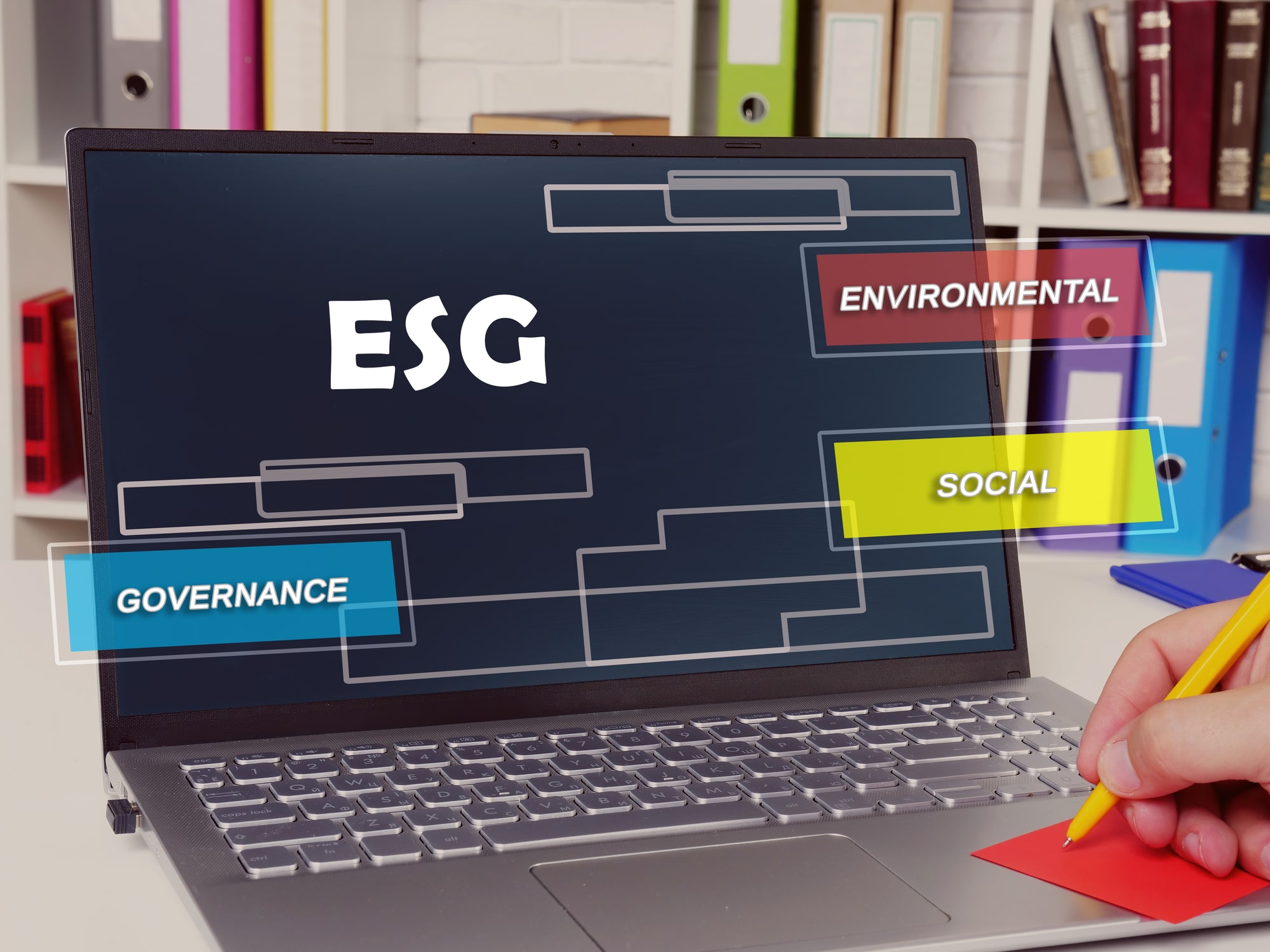The adoption of cloud infrastructure is one of the key enterprise megatrends of the 2020s, as enterprises seek increased scalability, agility, data storage, greater access to customer data, cost savings, and speed of innovation. The spend on cloud platforms is expected to grow from $443B in 2021 to $947B in 2026, and is powering much of today’s tech innovation, as startups are utilizing this new infrastructure to build new products with new customer engagement models.
https://twitter.com/CitiVentures/status/1517156204316823553
Yet enterprises by and large are failing to reap these benefits, as most either seek to simply relocate their existing technology to the cloud (a process known as “lift-and-shift”) or struggle to advance their modernization projects all together. Globally, 80% of enterprise applications have yet to run in the cloud, and among financial institutions some estimates place the figure at over 90%. The result is that companies are losing money rather than saving it: By 2024, global technical debt that has not been remediated will double, totaling $4T.
Why the failure to modernize? The problem lies with the legacy (infrastructure, that is).
Rewriting code originally designed for monolithic enterprise infrastructures is time-consuming and runs the risk that existing capabilities or unique edge cases will be omitted or broken during the process. Moreover, developers conversant in these older infrastructures are retiring, taking their knowledge and experience with them.
To get the full benefit of the cloud, organizations need to break apart their monolithic applications (usually written in the Java programming language) and rewrite hundreds of applications in more modern languages, using frameworks designed specifically for the cloud. But without effective technology to accelerate the transformation of these Java applications to cloud-native “microservices” architecture, companies typically issue just one or two application updates per year.
Enter vFunction, a Palo Alto-based software company that has created an AI-based platform for developers and architects that automatically transforms complex, monolithic Java applications into microservices. vFunction automatically analyzes a running Java application and identifies service flows and interdependencies to identify specific business services such as payment or storage. It then extracts those services as microservices and constructs interfaces that allow software to exchange data and functionalities in order to connect the newly built microservices together.
Once these monolithic applications are broken down into microservices, they can be developed, deployed, managed, and updated separately from each other, improving an enterprise’s ability to scale. Microservices-based applications also enable modern “continuous integration/continuous delivery” (CI/CD) processes, helping software development teams iterate, improve, and innovate—resulting in a better product for customers.
Founded by a group of serial entrepreneurs, vFunction has been building its platform for the past four years. Co-founders Moti Rafalin (CEO), Amir Rapson (CTO), and Ori Saporta (Chief Architect) founded data security company WatchDox together, later selling it to Blackberry.
Since launching its platform in October 2021, vFunction has significantly outperformed its own projections, closing contracts with a number of Fortune 100 companies, including two of the top five financial services providers in the US and several of the world’s largest software and security leaders. vFunction has also secured partnerships with Microsoft and Amazon Web Services to help enterprise customers move to the public cloud, and to help those who have already undergone a lift-and-shift implement a full modernization.
In addition to helping customers fix their current application technical debt, in vFunction’s next phase of development it will offer them new capabilities that will monitor, identify, and fix their debt on a continuous basis—stemming the growing backlog of application technical debt that plagues organizations today. This functionality will open up new application innovation investment opportunities while improving application security, agility, and scalability.
vFunction has the potential to greatly accelerate enterprise cloud adoption, and to enable unprecedented visibility once legacy applications are modernized. It’s led by a talented and proven team. For all these reasons and more, we’re pleased to announce our participation in vFunction’s recent Series A round, alongside investors such as Engineering Capital, Primera Capital, Shasta Ventures, Hewlett Packard Enterprise, Zeev Ventures, and Wipro Ventures.
Our congratulations to Moti, Amir, and Ori. We look forward to a terrific journey ahead.
Source: vFunction














